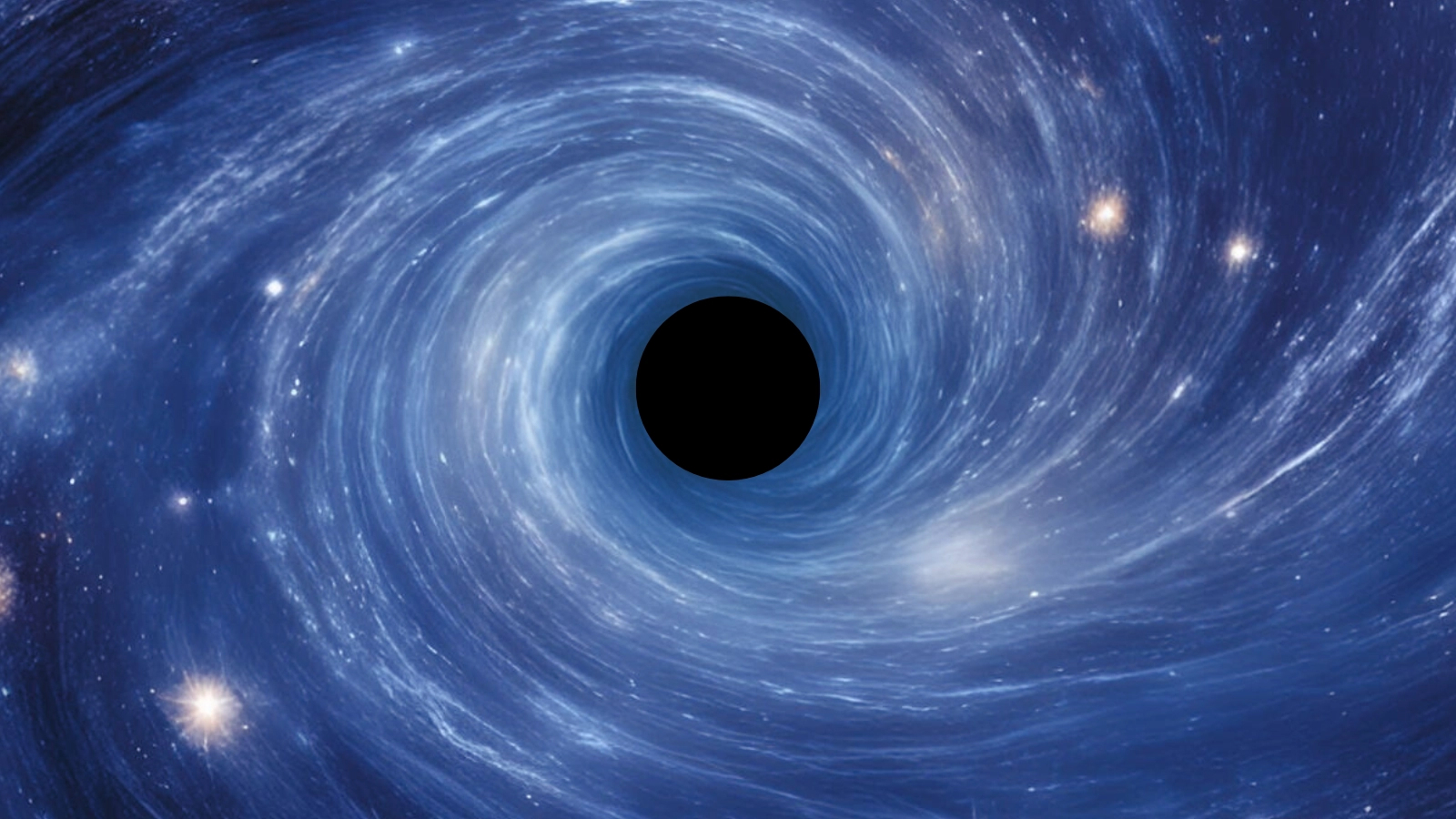When you buy through links on our site , we may earn an affiliate commission . Here ’s how it do work .
The universe might " remember " gravitational waves long after they ’ve glide by .
That ’s the assumption of a theoretical paper print April 25 in the journalPhysical Review D. Gravitational waves , faint rippling in outer space and time that humanity has only in the preceding few year managed to detect , lean to pass very rapidly . But the authors of the newspaper showed that after the undulation cash in one’s chips , they might leave a realm slenderly altered — leave behind a kind of memory of their crossing .

Gravitational waves may leave a lasting mark on the universe.
These change , which the researchers term " persistent gravitative wave observables , " would be even fainter than thegravitational wavesthemselves , but those force would last longer . objective might be agitate slightly out of place . The positions of particles stray through space might be castrate . Even time itself might end up slightly out of sync , run in short at different speeds in dissimilar share of Earth . [ 9 Ideas About Black Holes That Will blow out Your intellect ]
These variety would be so small that scientists would scarce be able to detect them . The researcher wrote in their paper that the simplest method for maintain these effects might involve two citizenry " carrying around smallgravitational undulation detectors " — a jest because demodulator are quite large .
But there are ways researchers might notice these memories . Here ’s the most obvious one : look for sack in the mirrors of subsist gravitative - wave detector .

decently now , scientist can detect gravitational waves by make observation tower that fire very still and stable laser beams over long distances . When the light beam jiggle slightly , it ’s a sign that a gravitational wave has passed . By studying the wriggle , physicist can measure the undulation . Thefirst such detectionwas in 2015 , and since then , the engineering has improvedsuch that the observatories detect gravitative waves as often as once a week .
Those waves originate from monumental events , like whenblack holesand neutron stars collide very far out in space . By the clip they reach Earth , though , the waving are barely noticeable . Their long - condition effects are even less discernible .
But the mirrors in sensing element are constantly measured in such a precise manner that , over time , the shifts that the gravitative waves get might become so acute that researcher will be able to spot them . The research worker came up with a mathematical framework that predict how much the mirror should lurch over time with each wave occur .

The other method humans might use to detect these retentive - full term effects necessitate nuclear clock and spinning particles .
Twoatomic clocksplaced some distance from each other would experience a gravitational wafture differently , including its sentence - dilatation effects : Because sentence would be slowed more for one clock than the other , subtle differences in their reading after a undulation passed might discover a memory board of the wave in the local universe .
Finally , a tiny spinning atom might change its behavior before and after a wafture ’s passing . Suspend it in a chamber in a lab , and measure its pace and direction of spin ; then quantify it again after a wave go past . The difference in the particle ’s behaviour would reveal another sort of memory of the wave .

This theoretic newspaper publisher , at the very least , give scientists an challenging new mode to look at build up experiments to learn gravitational wave .
Originally published onLive skill .















